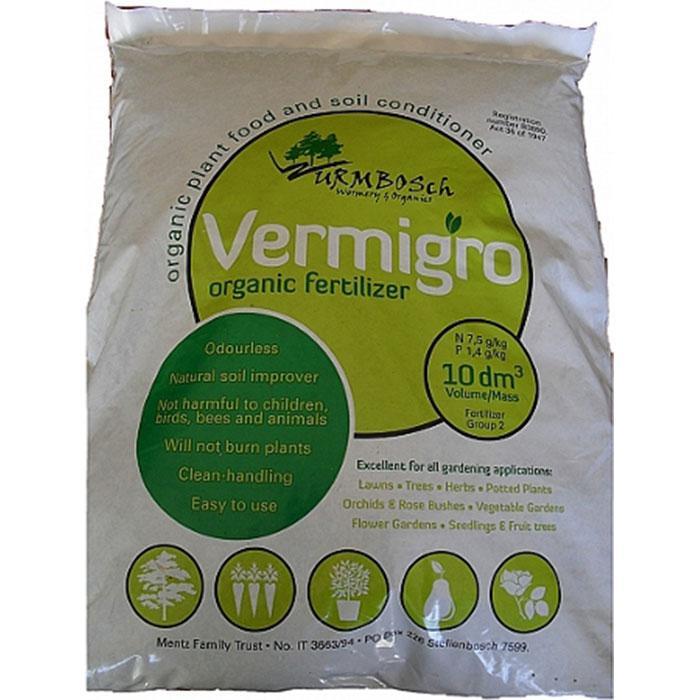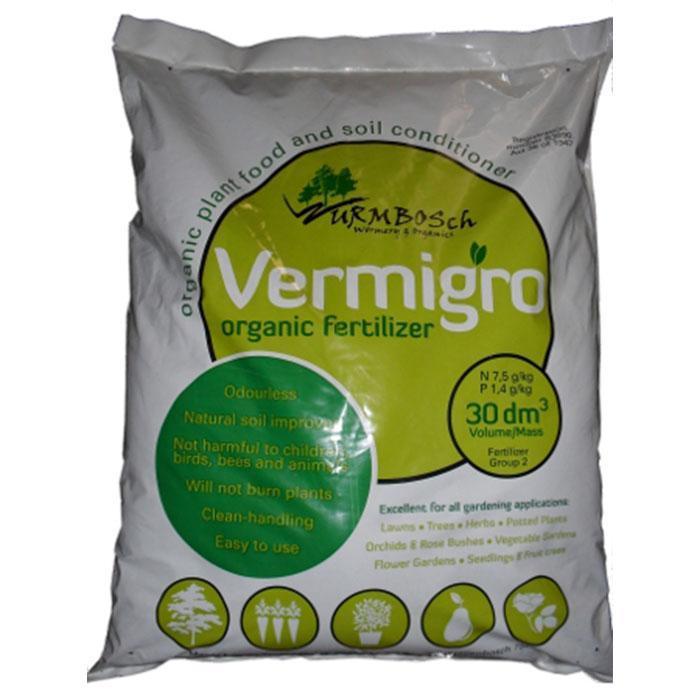
Worm Castings
Worm castings is organic waste produced by earthworms, which has been broken down in compost bins or compost heaps. It is natural plant food and is made of 100% worm castings. It is also an excellent soil conditioner. Worm Castings contain water-soluble nutrients and are an excellent, nutrient-rich organic fertilizer and soil conditioner. It is used in farming, and small scale sustainable organic farming projects sometimes referred to as vermicompost.
Benefits of using Organics Worm Compost:
Worm castings have been shown to contain reduced levels of contaminants and a higher saturation of nutrients. They are packed with minerals that are essential for plant growth, such as concentrated nitrates, phosphorus, magnesium, potassium, and calcium. It also contains manganese, copper, zinc, cobalt, borax, iron, carbon, and nitrogen. Compost reduces wind and water erosion. Soil temperatures are also moderated, making plants less susceptible to extremes of heat and cold.
Paired well with Mycoroot Supreme, Coco Peat & BioBizz Nutrients
Directions for use: General:
Apply 1kg (about 10% of the bag’s contents) per square meter every 2 to 3 months. Seedlings and bulbs: Make a hole in the ground, place 1 heaped tablespoon (40-50ml) Vermigro in the hole, and plant seedling or bulb directly into it. Potting mix: Enrich your standard potting medium with one-third Vermigro. Potting plants: Feed 1 cup (250ml) per season. Rooting cuttings: Use potting mix to ensure proper drainage. Roses, shrubs, and fruit trees: Scatter approx 500g around the stem/drip nozzle once per growing season. Lawns: Sprinkle approx 250g per square meter. One 10 dm bag will cover 40 meters squared. Planting trees or shrubs: Make a suitable hole. Mix 1 to 2kg Vermigro (depending on the size of the hole) with two-thirds of the topsoil dug from the hole. Feed as above. Germinating seedlings: Enrich your standard seedling medium with 10% Vermigro.
Check out our article on how to make your own Worm Tea using Worm Castings: Worm Tea - Organic Fertiliser - How-To Guide
Delivery time
All orders are processed within 1 business day. We endeavour to fulfill orders received before 2 pm on the same day as the order is placed, Monday - Friday.
Orders are not shipped or delivered on weekends or holidays.
Estimated delivery time is 2-3 Days in South Africa

